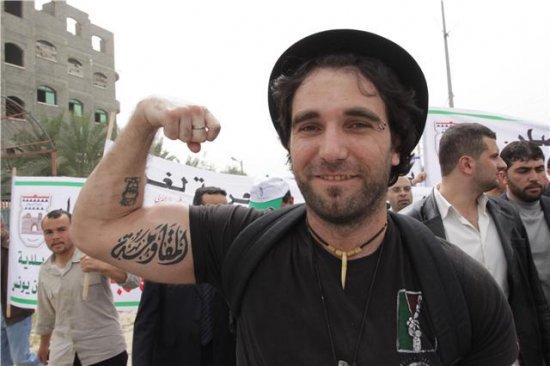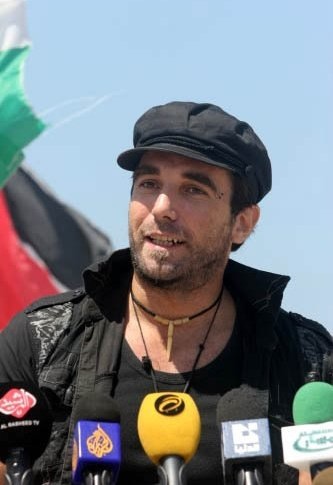Tag: Gaza
-
ISM confirms the death of Vittorio Arrigoni
April 15: Updated with news reports below. The International Solidarity Movement is shocked and deeply saddened by the killing of our friend and colleague Vittorio Arrigoni. Vik was an inspiring activist and generous soul. Please keep his family and friends in your thoughts. We will post more information here as it becomes available. Press Stories…
-
Palestinians call for release of Italian activist kidnapped in Gaza
International Solidarity Movement & Free Gaza Movement FOR IMMEDIATE RELEASE (April 14, 2011) – Today, our friend and colleague, Vittorio Arrigoni, a journalist and human rights defender working in the Gaza Strip, was kidnapped in Gaza. Vittorio has been active in the Palestine cause for almost 10 years. For the past two and a half…
-
Freedom Flotilla: We Will Not Be Intimidated
13 April, 2011 | Freedom Flotilla Athens – The Freedom Flotilla 2 Steering Committee met in Athens 9 and 10 April to continue preparations for the upcoming flotilla. Since the last meeting in Amsterdam, Israel has launched an international campaign of incitement against the Flotilla and its coalition members who are participating from around the…


